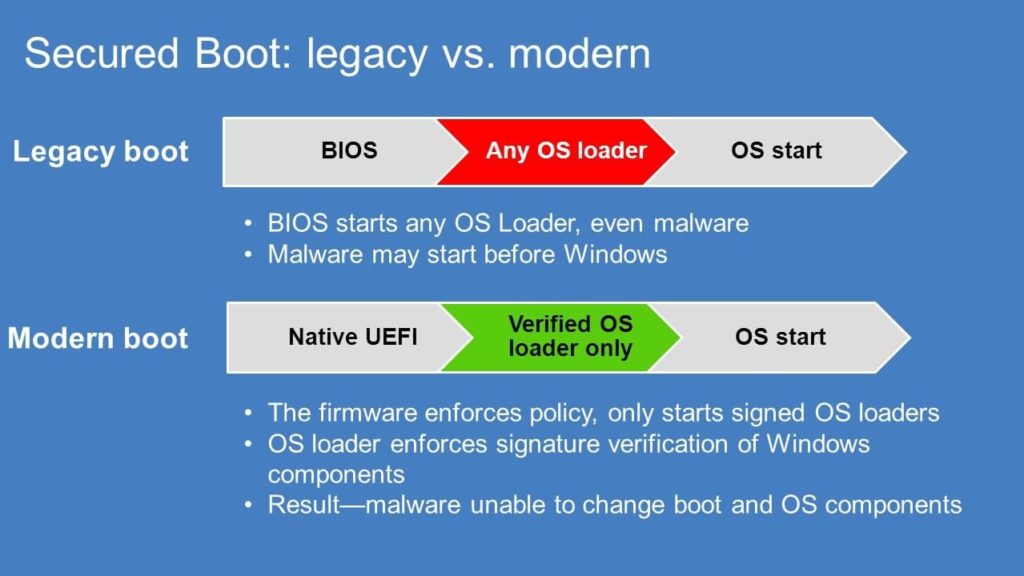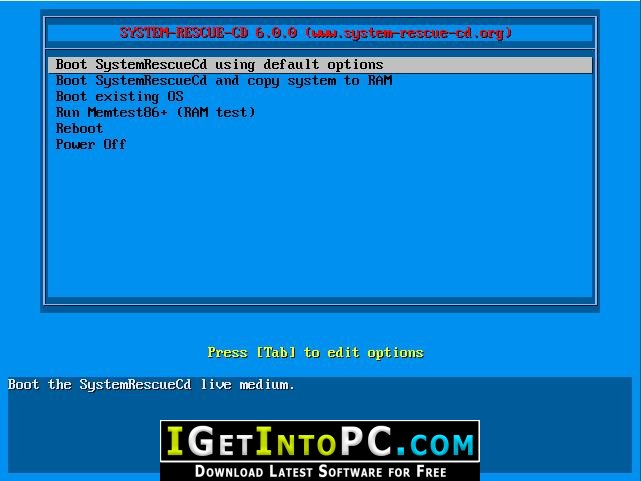

- #Systemrescuecd uefi create install
- #Systemrescuecd uefi create iso
- #Systemrescuecd uefi create download
- #Systemrescuecd uefi create windows
Read this and then continue to download below. If you need the 32bit version, download here.Ĭlick here to visit the author's website.Ĭontinue below for the main download link. Removed package which has been dropped by upstream: zile (emacs clone) Removed recent ext4 features from the defaults to improve compatibility (#330)Īdded package: speedtest-cli (command for testing internet bandwidth) The label passed to this option needs to match the label of the FAT32 filesystem on the USB device so it can find the SystemRescueCd files during the boot time. In the previous steps SYSRCDXYZ refers to the version number, eg: SYSRCD611 for SystemRescueCd-6.1.1.Īfter you have followed these steps you should check the contents of both /boot/grub/grubsrcd.cfg and /sysresccd/boot/syslinux/sysresccd_sys.cfg on the USB device has the right value for the archisolabel boot option.
#Systemrescuecd uefi create iso
Set the boot and lba flags on the FAT32 partition using a tool such as parted or gpartedĬopy all files from the ISO image to the FAT32 partition from a terminal with both devices mounted The USB device can have additional partitions.Ĭreate a msdos disklabel on the USB device using a tool such as parted or gpartedĬreate a FAT32 partition with at least 2GB on the USB device and set SYSRCDXYZ as the filesystem label For the UEFI firmware to use this partition as the EFI filesystem is must have the right flags in the partition table. The idea is to create a FAT32 partition on the device where the firmware will find Grub. Run dd if=/path/to/systemrescuecd-x.y.z.iso of=/dev/sdx where /dev/sdx is the USB stickĪlternative USB installation method on Linux for booting in UEFI modeįollow this method is you want to boot the USB device in UEFI mode. Run lsblk in a terminal to identify the device name for your USB device Unmount the USB stick if auto-mount is enabled or if it was already mounted Plug in your USB stick and wait a few seconds to allow enough time for the system to detect it Make sure you use the right device with dd as the operation is destructive if you write to the wrong device.ĭownload the latest SystemRescueCd ISO image This approach is easy to use from a Linux system and it requires the dd command to copy the ISO image file to the USB device. It will produce an USB stick which is bootable with both a Legacy BIOS and in UEFI node.
#Systemrescuecd uefi create install
If you are running Linux on your computer it is very easy to install SystemRescueCD on a USB stick.

Recommended USB installation method on Linux

What matters is that the label matches the value passed to the archisolabel boot option in the boot loader configuration files on the device (grubsrcd.cfg and sysresccd_sys.cfg) so files can be found at the time the system starts from the USB device. You should not have to change it but you should make sure the label is correct as this is required for the device to start properly. Rufus should automatically use the label which was set on the ISO filesystem and hence it should set this label automatically on the USB device. In the previous steps SYSRCDXYZ refers to the version number, eg: SYSRCD611 for SystemRescueCd-6.1.1. Select FAT32 filesystem as the UEFI boot process only works from FAT filesystemsĬlick on the start button and wait until the operation is complete Select ‘BIOS or UEFI’ in target to get the best compatibilityĬheck the ‘volume label’ is correct as it must be set to SYSRCDXYZ (cf below) Select ‘MBR’ partition scheme as it will be compatible with both BIOS and UEFI Select the SystemRescueCd ISO image that you have downloaded Plug in your USB-stick and wait a few seconds to allow enough time for the system to detect itĮxecute Rufus and select the USB stick in the drop-down list
#Systemrescuecd uefi create windows
Recommended USB installation method on Windows The kernel supports all important file systems (ext4, xfs, btrfs, vfat, ntfs), as well as network filesystems such as Samba and NFS. This rescue system requires no installation as it can be booted from a CD/DVD drive or USB stick, but it can be installed on the hard disk if you wish. It can be used for both Linux and windows computers, and on desktops as well as servers. It comes with a lot of Linux system utilities such as GParted, fsarchiver, filesystem tools and basic tools (editors, midnight commander, network tools). It aims to provide an easy way to carry out admin tasks on your computer, such as creating and editing the hard disk partitions.
The link is always in the same place.Ī Linux system rescue toolkit available as a bootable medium for administrating or repairing your system and data after a crash. We don't believe in fake/misleading download buttons and tricks. Always scroll to the bottom of the page for the main download link.


 0 kommentar(er)
0 kommentar(er)
